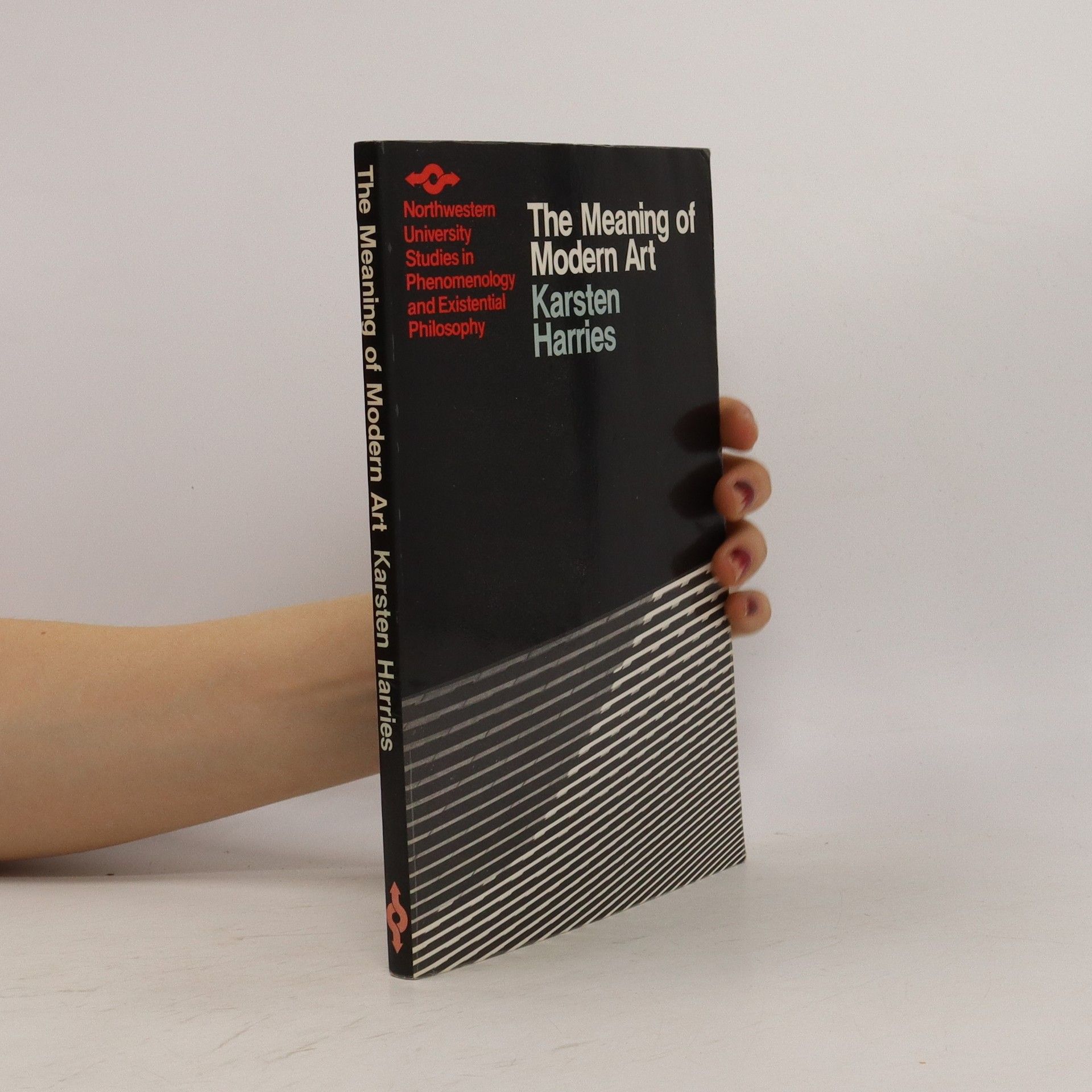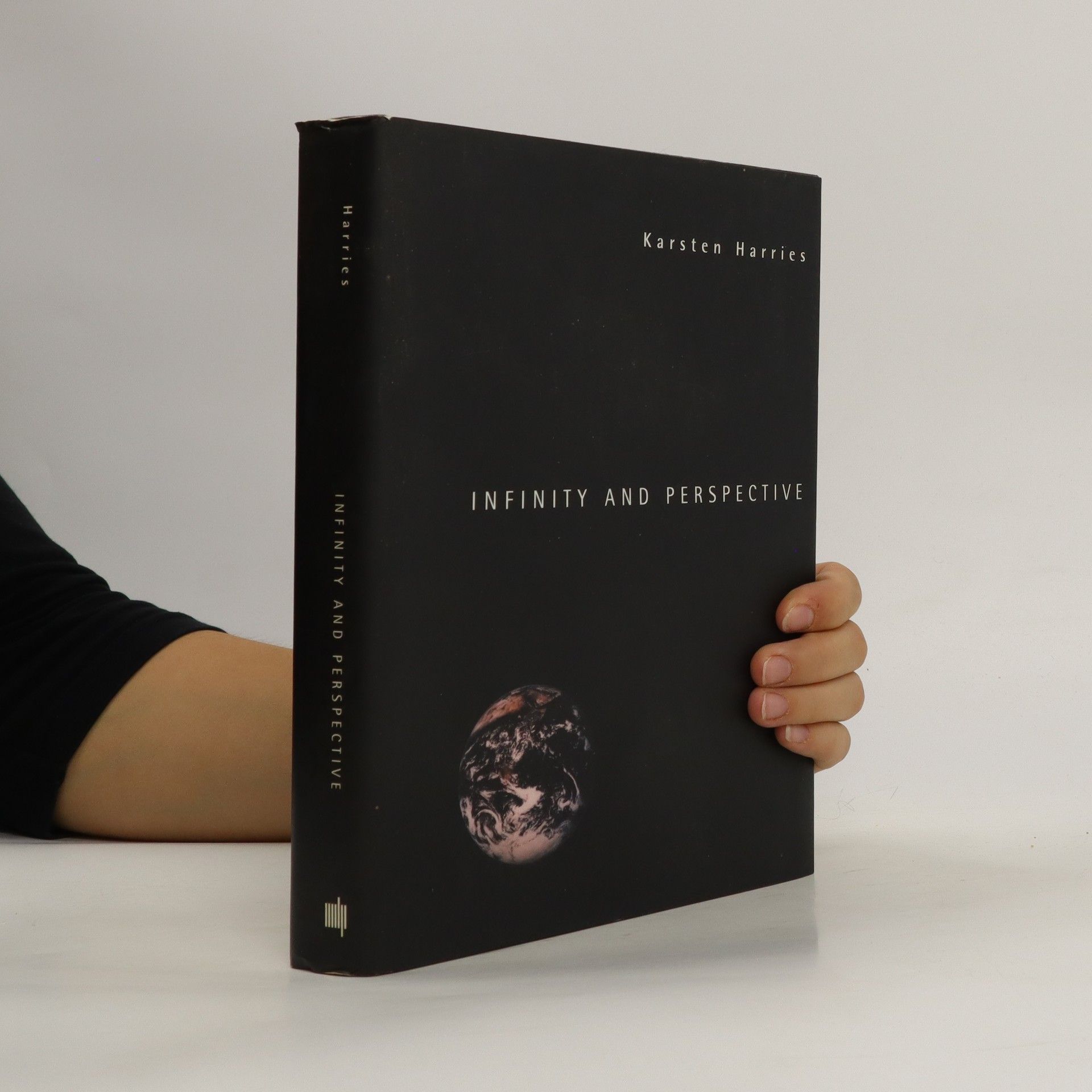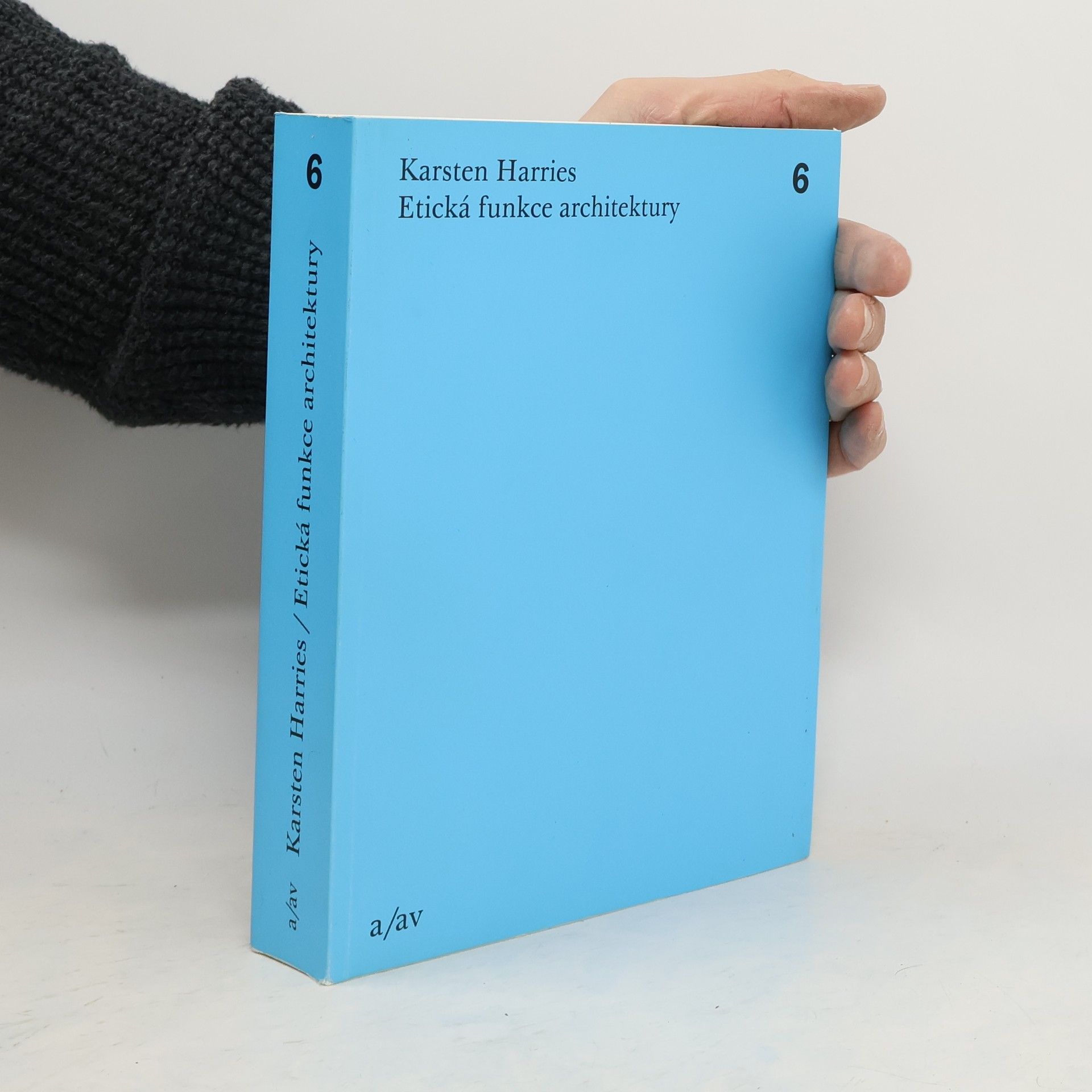The book delves into Kierkegaard's struggle against nihilism, reflecting on the limitations of reason in providing ethical guidance in a post-Enlightenment world. It explores the tension between freedom and responsibility, questioning whether the aesthetic offers a viable path to meaning. Through the lens of authenticity, it challenges readers to consider the nature of choice—whether it is an act of autonomy, a blind leap, or a leap of faith. This examination underscores Kierkegaard's relevance in addressing the quest for meaningful existence in contemporary society.
Karsten Harries Libri






John Berry is well known for his writings on morphs and mutations of snakes. In this book he provides the first and most complete guide to captive care, breeding, mutations and morphs for Heterodon nasicus. Chapters detail all aspects of captive husbandry with concise information on housing, feeding, breeding and common medical issues. Plus the background to the genetics and identification of all known color and pattern variations are included. This book will be useful for both beginner snake keepers as well as more serious herpetoculturists.
Infinity and Perspective
- 368pagine
- 13 ore di lettura
"Two spirits preside over the book: Alberti, the Renaissance author on art and architecture, whose passionate interest in perspective and point of view offers a key to modernity; and Nicolaus Cusanus, the fifteenth-century cardinal, whose work shows that such interest cannot be divorced from speculations on the infinity of God. The title Infinity and Perspective connects the two to each other and to the shape of modernity."--BOOK JACKET.
Martin Heidegger
- 271pagine
- 10 ore di lettura
This volume has its origins in the colloquium 'Art, Politics, Technology -- Martin Heidegger 1889-1989' held at Yale University in 1989. The centenary provided the obvious occasion: regardless of whether deplored or welcomed, the far-reaching influence of Heidegger today is beyond question, an influence underscored in that centenary year by the literally scores of conferences that took place all over the world.
Northwestern University studies in phenomenology & existential philosophy Preface Historical Introduction The Aesthetics of Subjectivity Index
The antinomy of being
- 268pagine
- 10 ore di lettura
One thing this book attempts to show is that Kant's antinomies open a way towards an overcoming of that nihilism that is a corollary of the understanding of reality that presides over our science and technology. But when Harries is speaking of the antinomy of Being he is not so much thinking of Kant, as of Heidegger. Not that Heidegger speaks of an antinomy of Being. But his thinking of Being leads him and will lead those who follow him on his path of thinking into this antinomy. At bottom, however, the author is neither concerned with Heidegger’s nor Kant’s thought. He shows that our thinking inevitably leads us into some version of this antinomy whenever it attempts to grasp reality in toto, without loss. All such attempts will fall short of their goal. And that they do so, Harries claims, is not something to be grudgingly accepted, but embraced as a necessary condition of living a meaningful life. That is why the antinomy of Being matters and should concern us all.
Knihu Smysl moderního umění s podtitulem Filozofická interpretace vydal autor v roce 1968. Nabídl v ní interdisciplinárně koncipovaný výklad, v němž rysy moderního umění spatřuje především ve sféře nově konstituované subjektivity autora i vnímatele. Projevy této subjektivity vykládá jak na základě jejích rysů ve vybraných dílech výtvarných, literárních, fotografických či architektonických, tak i na základě uceleného filozofického konceptu, založeného především na Heideggerově učení. Kniha tak kromě jiného nabízí i výkladově koherentní příběh vývoje umění od antických a raně křest'anských kořenů až po nástup abstraktního umění v rámci evropské avantgardy. Interpretační pozorování rysů jednotlivých děl je schopna zobecnit až na úroveň abstrahujících soudů o moderním umění.
Kniha amerického filozofa Karstena Harriese (1937) Etická funkce architektury patří k nejvýznamnějším spisům teorie architektury na přelomu 20. a 21. století (první vydání 1998). Autor v ní hledá odpověď na otázku, zda a jak nám architektura může pomoci nalézt naše místo v současném světě. Stavby podle něj proměňují prostor v místo, tím pomáhají vytvářet společný étos a mají tudíž etickou funkci. Étos chápe v původním filozofickém pojetí, tedy jako jednotu eticko-morálních norem, cílů a hodnot lidského společenství. Tuto jednotu architektura pomáhá formovat. Z týchž pozic ovšem Harries obviňuje moderní architekturu z účasti na degradaci současného života a kritizuje modernistickou představu, že architektura je součástí technologické kultury, která na místo básnického „bydlení člověka“ staví diktaturu k tomuto účelu vytvořeného stroje, což vedlo ke ztrátě hierarchického prostoru a k vykořenění – zisk svobody je vykoupen bezdomovectvím a ztrátou orientace. Autor se vyslovuje pro zahrnutí těla a lidského měřítka do architektury, která má vyjádřit charakter místa či regionu a navrátit člověka celku. První české vydání je opatřeno zasvěceným doslovem prof. Jindřicha Vybírala, bibliografií a jmenným rejstříkem.
Die Bayerische Rokokokirche
Das Irrationale und das Sakrale
In der Kunstgeschichte bezeichnet man mit diesem Begriff einen spezifischen Typus von Sakralarchitektur des Spätbarocks, der von bayerischen Baumeistern, Stukkateuren und Freskanten entwickelt wurde. Der kleine Ort Wessobrunn brachte etwa 600 Handwerker und Künstler hervor, die von Paris bis Petersburg wirkten. Zu den bekanntesten Familien zählen Schmutzer, Zimmermann und Feuchtmayr sowie Dientzenhofer und die Gebrüder Asam. Viele bedeutende Barock- und Rokokokirchen in Süddeutschland wurden von diesen bayerischen Meistern geschaffen, darunter Birnau, Zwiefalten, Steinhausen und Ottobeuren. Auch die Gebrüder Asam arbeiteten in angrenzenden Ländern. Die bayerischen Künstler entwickelten eine besondere Bauweise, die in der Rokokokirche ihren Höhepunkt fand, indem sie französische Architektur mit italienischer Illusionsmalerei und heimischen Elementen kombinierten. Diese Synthese führte zu einem optischen Gesamtkunstwerk, das Architektur, Malerei und Interieur vereinte. Rocaille, Lichtführung und illusionistische Deckenmalerei spielten dabei eine entscheidende Rolle. Das Muschelornament, das durch Stukkateure dynamisch gestaltet wurde, verlor seine natürliche Form und wurde zu einem eigenständigen Kunstwerk. Die Lichtführung erweiterte den Raum und schuf einen dynamischen Raumeindruck, während die illusionistische Deckenmalerei den Raum vertikal öffnete. Dieses Buch verfolgt den faszinierenden künstlerischen, geistigen und gesell
Was ist Wahrheit? Unser Denken gerät in Antinomien, wenn es versucht, die Wirklichkeit vollständig zu begreifen, und die Wahrheit entzieht sich uns. Die Welt bleibt eine Konstruktion, die nie ganz mit unserem Erkenntnis- oder Sicherheitsbedürfnis übereinstimmt. Der Versuch, diese Komplexität zu erfassen, macht uns blind für ihren Anspruch. Jeder Versuch, die Realität in eine Konstruktion zu zwängen, scheitert an ihr selbst. Karsten Harries untersucht bei bedeutenden Denkern wie Sartre, Nietzsche, Heidegger, Schopenhauer, Kant, Fichte, Hegel, Spinoza und Descartes den Begriff der Wahrheit und deren Erklärungen für den Bauplan der Welt. Auch literarische „Wahrheiten“ werden auf ihren Umgang mit Erkenntnis und Wirklichkeit hin beleuchtet. Das Ergebnis ist ein Plädoyer, die Hoffnung aufzugeben, die Realität in eine Begriffsarchitektur einpassen zu können. Dieser Verzicht eröffnet uns den Anspruch unserer Mitmenschen und der Natur und zeigt, dass wir nicht allein über unser Leben bestimmen können. Harries argumentiert, dass wir das Haus der Vernunft nicht abreißen, sondern die Fenster und Türen weit öffnen sollten, um dem Leben Sinn zu verleihen.

